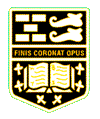

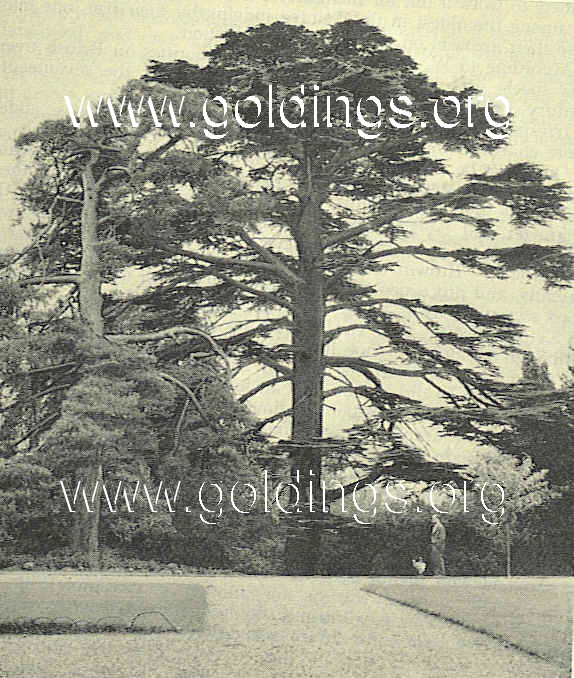
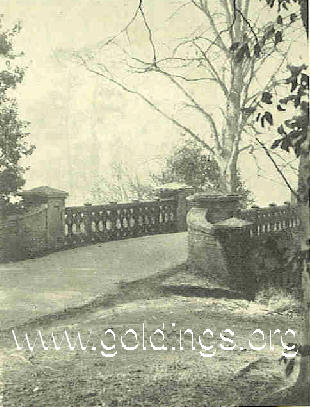

|
VISITORS TO Goldings frequently comment favourably on the beautiful grounds, with |
|
The Bridge |
|
Woodland Path |
|
All images and text copyright © to Goldings Old Boys reunion members |
|
The Goldings Cedars |
|
Herbaceous Border |
|
The Wild Life |
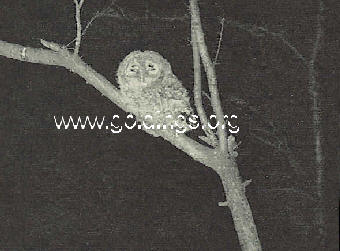
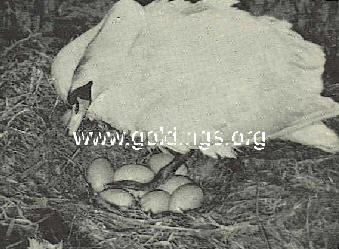
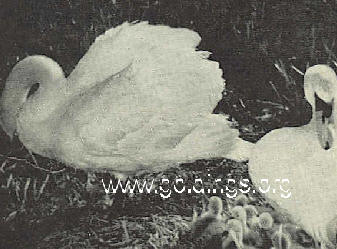
|
Baby Owl |
|
Swan Family before hatching |
|
Swan Family after hatching |
|
“GOLDINGS” |
|
“Goldings” with it’s beauty fair, |
|
GOLDINGS TODAY. |
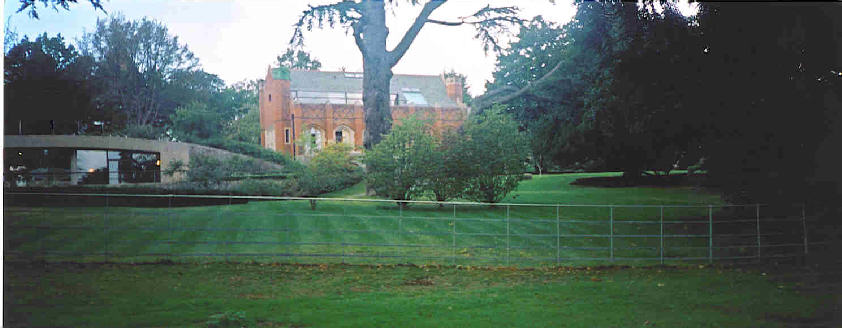
|
Whenever I visit Hertford and the surrounding areas I always take a stroll through the grounds of Goldings. |
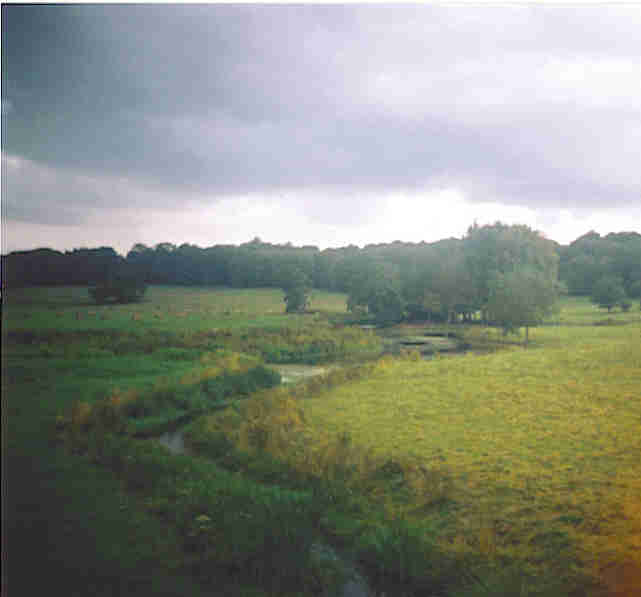

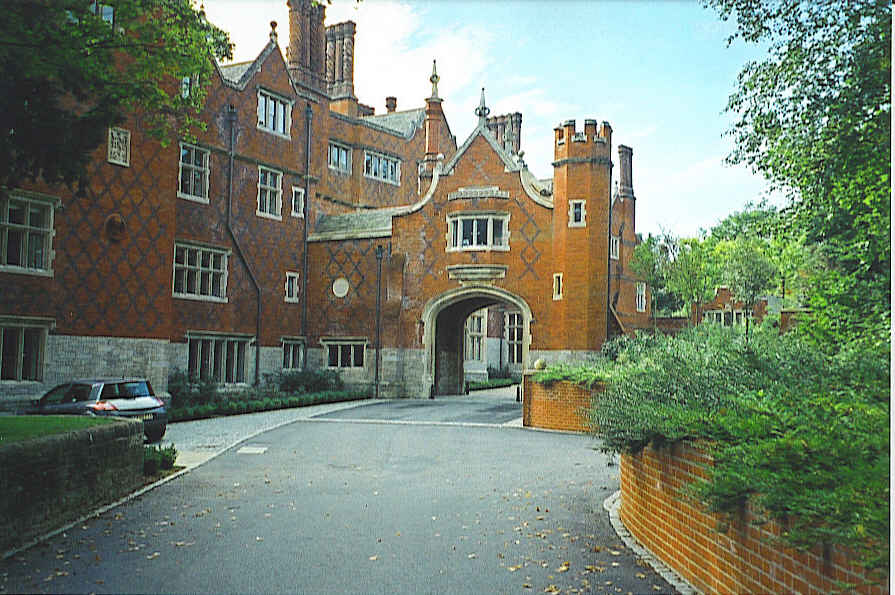
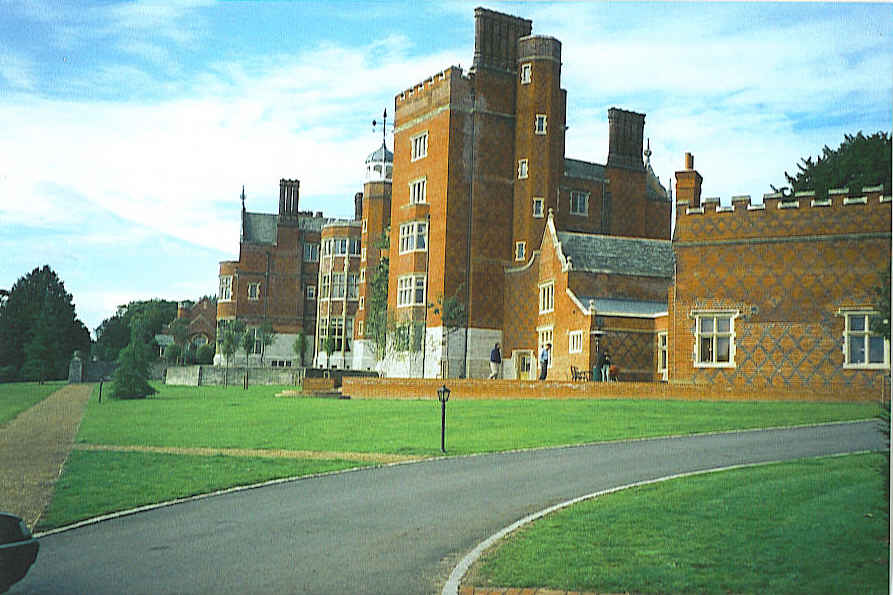
|
The Archway at Goldings, where’s MacAndrew!!!! |
|
New houses were the Gym used to be, to the left the Print Shop |
|
Where’s the parade ground, the Ablutions |
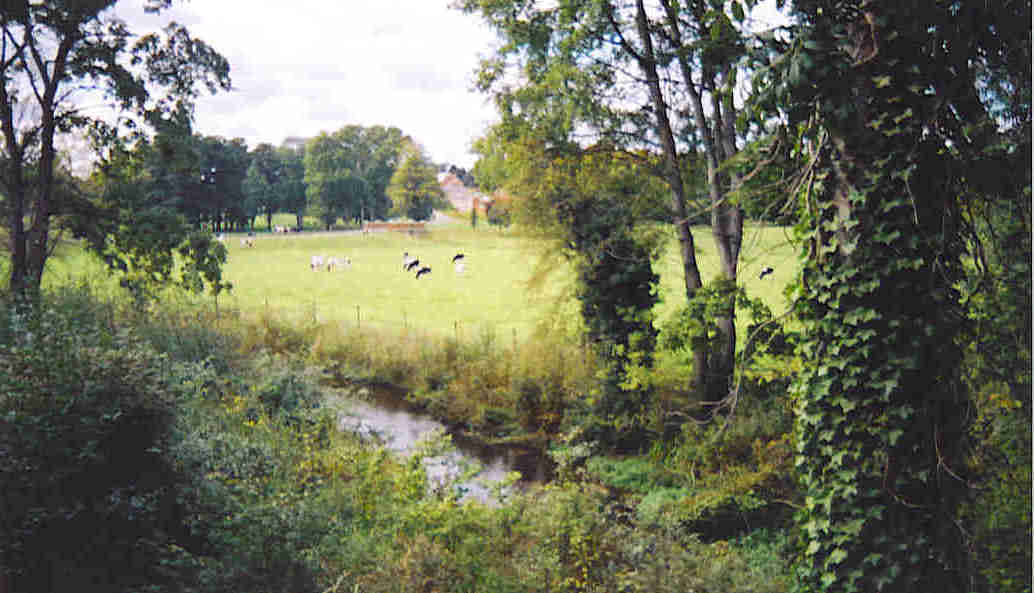
|
The river with Birds Island in the middle |
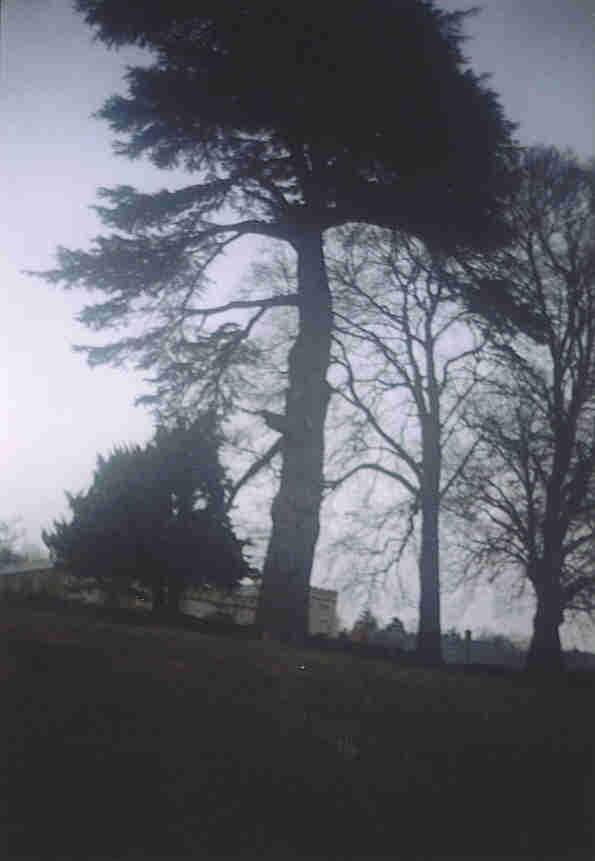
|
Bottom field looking towards the |
|
Looking from the River towards the house |
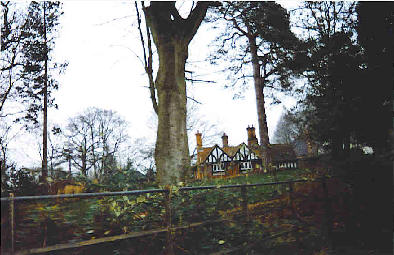
|
From the Bridges looking towards The Lodge |
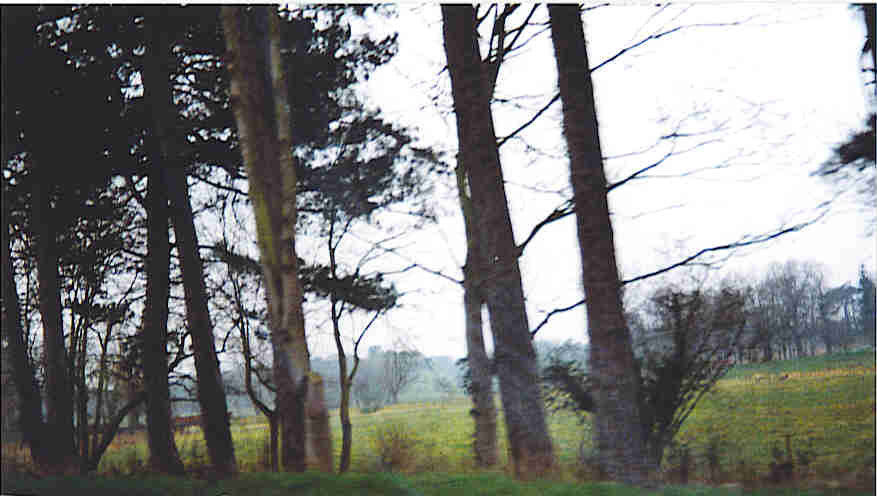
|
Looking through the trees as you enter Goldings from The Lodge |
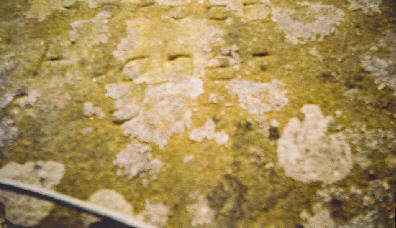
|
A small memento from days gone by carved on the bridge |
|
We would like to thank Peter Drummond and Eric Holden for the kind permission to use pictures and information on this page. |
|
Mr Embleton can be seen walking his dog |
|
The Chapel now a family residence, and is that the Old Boys hut to the left. |
|
This is an abridged version of the original text |
|
Pathways of flowers |

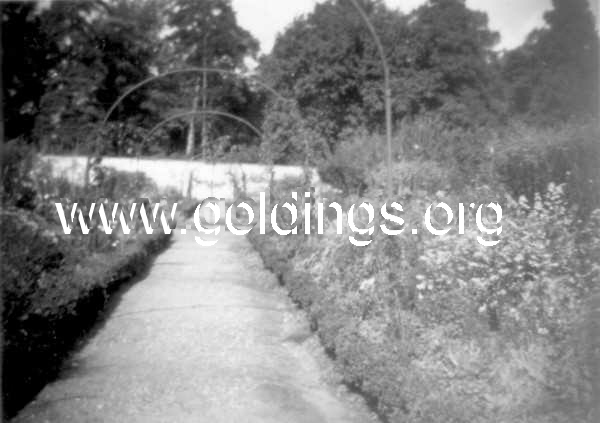
|
To return to the Photo Gallery Click Here |
|
Page Compiled December 2005 |
|
The Beauty of Goldings |